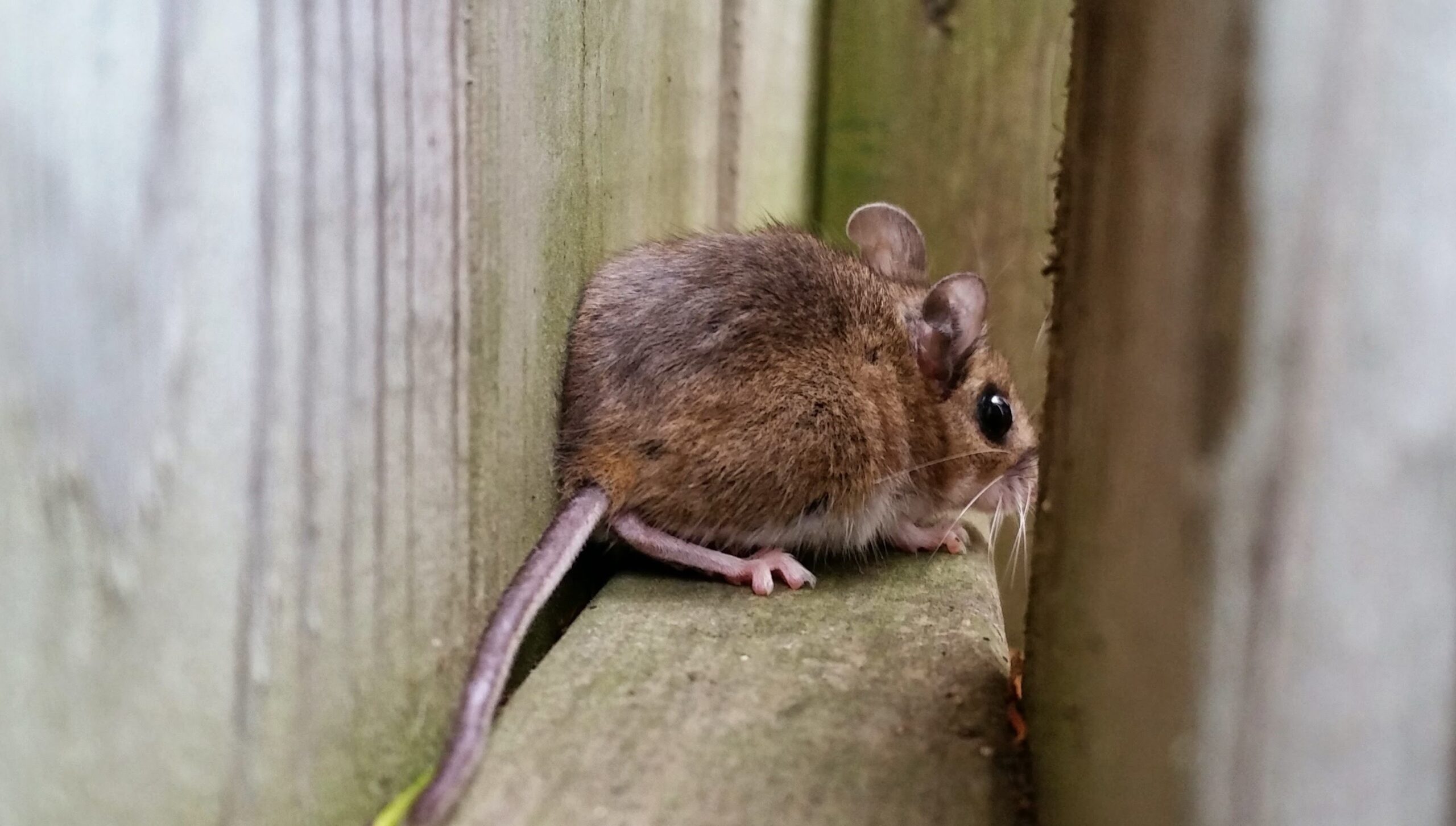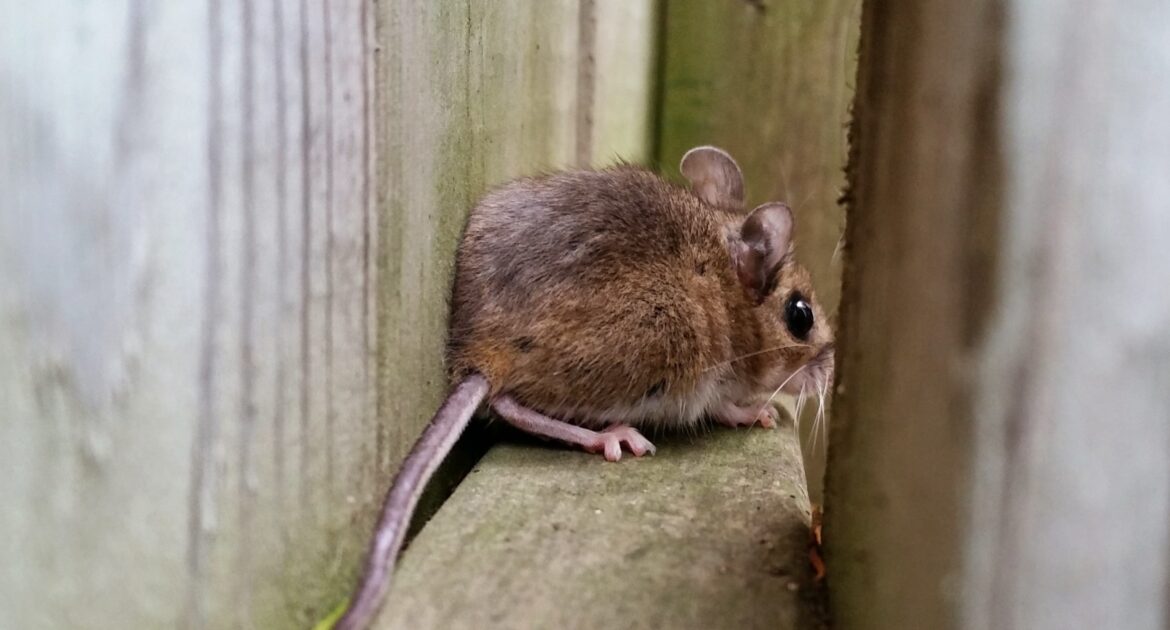Mice and rats in the food chain play a crucial role in maintaining ecological balance within our natural environment. While many of us in Anoka County and surrounding areas like Bethel might only think of these rodents as household pests, they actually serve as vital components in nature’s complex web of life. At Skedaddle Minnesota, we understand both sides of the rodent story—how they contribute positively to ecosystems while sometimes causing challenges for homeowners when they enter our living spaces.
The relationship between rodents and their environment goes beyond the issues they might cause in our attics or basements. These small mammals serve as essential links between plant life and larger predators, helping to keep our forests, fields, and even agricultural landscapes thriving. Understanding this ecological role helps us approach wildlife management with greater perspective and respect.
Rodents’ Ecological Role in Minnesota’s Ecosystems
When examining the ecological role of rodents in Minnesota’s diverse landscapes, from the banks of the Rum River to the suburban neighborhoods of Bethel, we discover that mice and rats perform several critical functions that help sustain healthy ecosystems.
Primary Prey for Predators
Mice and rats form the dietary foundation for numerous predator species in Minnesota:
- Aerial Predators: Owls, hawks, and eagles rely heavily on rodent populations for survival. A single barn owl can consume over 1,000 mice annually, making them essential for raptor conservation.
- Mammalian Predators: Foxes, coyotes, bobcats, and weasels depend on rodents as primary food sources. During winter months, when other food becomes scarce, these predators rely even more on mice and rats.
- Reptiles and Amphibians: Minnesota’s snakes, including garter snakes and fox snakes, hunt rodents as a crucial part of their diet.
The abundance or scarcity of rodents directly affects predator populations. When rodent numbers decline, we typically see corresponding declines in the predators that depend on them, demonstrating the importance of rodents in maintaining healthy ecosystems.
Seed Dispersers and Plant Cultivators
Beyond serving as food, these rodents contribute significantly to plant ecology:
- Seed Distribution: Rodents collect and store seeds in multiple caches throughout their territory. Many seeds are never retrieved, allowing them to germinate and grow into new plants.
- Soil Aeration: Their burrowing activities create channels in the soil that allow water, air, and nutrients to penetrate deeper, benefiting plant root systems and soil microorganisms.
- Nutrient Cycling: Rodent droppings return essential nutrients to the soil, acting as natural fertilizers that enrich the growing environment for plants.
The ecological benefits of these activities extend throughout Minnesota’s diverse landscapes, from agricultural fields surrounding Bethel to the forests and grasslands that characterize our region.
Types of Habitats Supported by Rodent Activity
Mice and rats in the food chain help create and maintain various habitat types, making them ecosystem engineers.
Forest Floor Ecosystems
Rodents play an integral role in forest floor ecosystems. They distribute fungi spores as they forage, maintaining mycorrhizal networks that support tree health. Their activities accelerate decomposition processes by shredding leaf litter and woody debris, thus contributing to nutrient cycling, and their burrows create microhabitats for insects, reptiles, and amphibians, increasing overall forest biodiversity.
Grassland and Agricultural Systems
In Minnesota’s prairies and farmlands, rodents maintain soil health and structural integrity. Their tunneling creates pathways for water infiltration, helping to prevent erosion and runoff during heavy rains. Rodents also consume large quantities of insects, providing a natural form of pest control and maintaining plant diversity by preventing any single species from becoming overly dominant.
A complete absence of rodents would significantly disrupt Minnesota’s ecosystems. This understanding guides our approach to wildlife management at Skedaddle Minnesota, focusing on humane solutions that respect ecological balance.
The Complex Relationship Between Rodents and Agriculture
Agriculture in Minnesota has a complex relationship with rodent populations. While many farmers view rodents as pests that damage crops, the reality includes both challenges and benefits.
Agricultural Benefits of Rodents
Mice and rats provide several services that can benefit agricultural systems. Field mice eat large quantities of weed seeds, potentially reducing weed pressure in crop fields. Many rodent species consume pests that would otherwise damage crops, providing biological control. Their burrowing aerates soil and creates channels for water infiltration, which can improve crop root development.
Predators attracted to rodent populations, such as hawks and foxes, also help control other agricultural pests like rabbits and voles.
Managing the Agricultural Impact
For farmers in Bethel and throughout Anoka County, understanding this balance is crucial. Rather than attempting to eliminate rodents entirely, which could disrupt beneficial predator populations, more sustainable approaches include:
- Habitat Management: Creating buffer zones between crops and natural areas where rodents can fulfill their ecological role without significantly impacting production.
- Predator Support: Encouraging natural predators by installing owl boxes or preserving habitat for foxes and snakes that control rodent populations.
- Targeted Protection: Focusing protective measures on high-value crops rather than broad-spectrum rodent elimination.
This balanced approach recognizes both the challenges and benefits of rodents in agricultural systems, aligning with principles of integrated pest management that many Minnesota farmers are adopting.
Urban Rodents: When Ecological Assets Become Household Pests
While mice and rats serve valuable ecological functions in natural settings, when they enter our homes in Anoka County, they can create significant problems for homeowners.
The Urban Transition
Several factors have contributed to rodents adapting to human environments. Habitat loss due to development has forced rodents to find niches in human structures. Our homes offer reliable food sources that attract rodents year-round, especially during Minnesota’s harsh winters. Additionally, modern homes contain numerous entry points and comfortable nesting locations that rodents exploit.
Health and Property Concerns
When rodents invade our homes, they bring several concerns. Rodents can transmit diseases through their droppings, urine, and parasites. Their constant gnawing can damage insulation, wiring, and structural elements of homes, and they often contaminate more food than they consume, leading to waste and potential health hazards.
At Skedaddle Minnesota, we believe in addressing these issues through humane, effective methods that recognize rodents’ important ecological roles while protecting homes and families.
Humane Management: Balancing Ecology and Home Protection
Our approach to rodent management acknowledges their ecological importance while addressing the legitimate concerns of homeowners in Bethel and throughout Anoka County.
The Skedaddle Method
Our mouse-proofing services reflect a balanced philosophy in addressing rodent issues:
- Thorough Assessment: Our technicians conduct comprehensive property assessments to identify all potential entry points, from foundation to roof.
- Humane Removal: We utilize one-way door systems that allow mice to exit your home naturally while preventing re-entry, avoiding harmful poisons that could affect other wildlife.
- Complete Exclusion: Using heavy-gauge steel screening and specialized wildlife exclusion sealants, we secure all potential entry points for long-term protection.
- Contamination Management: We address any health concerns with thorough cleaning to ensure a safe living environment.
In conclusion, understanding the dual role of mice and rats as both ecological assets and household pests is key to effective wildlife management. Preserving their ecological functions while managing their impact in human environments requires a nuanced approach. If you’re dealing with a rodent problem, contact Skedaddle Minnesota today to implement our humane, comprehensive solutions that prioritize both ecological balance and your peace of mind.




